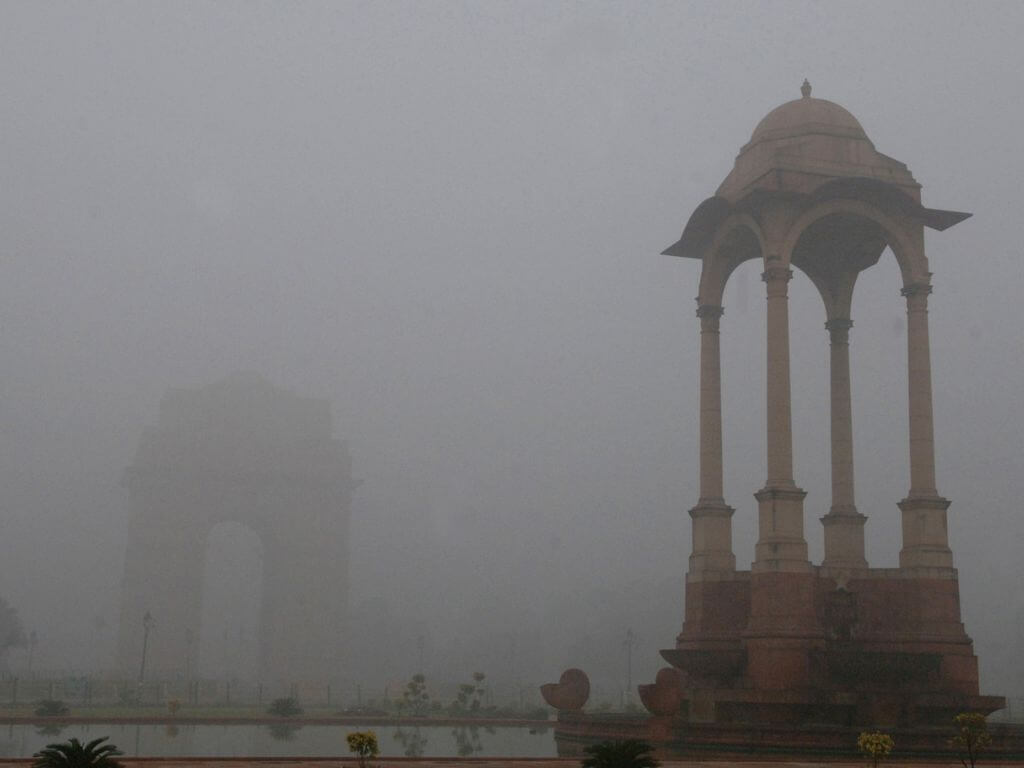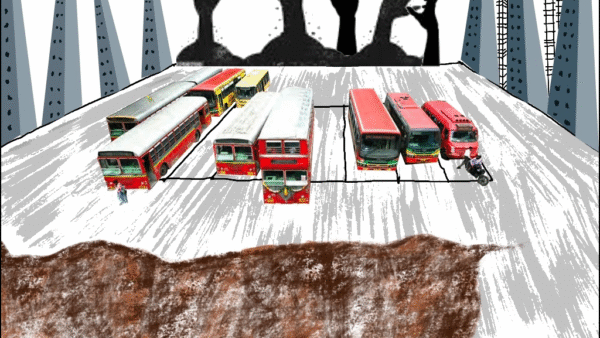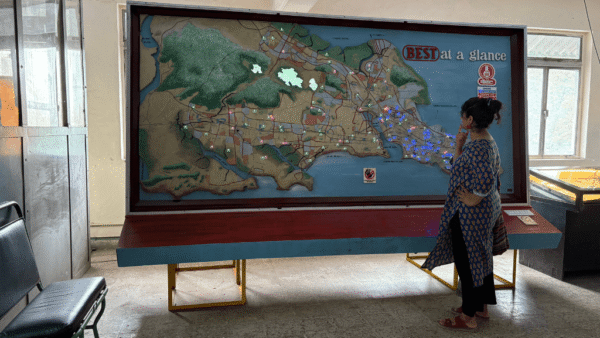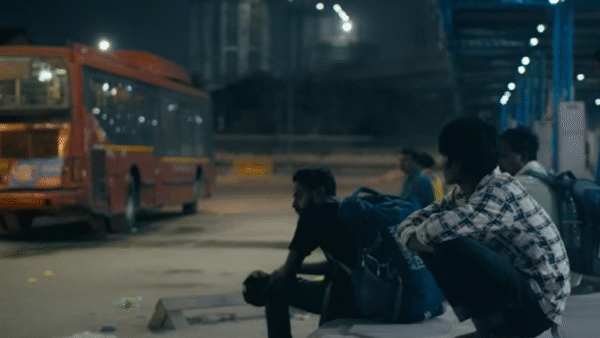Since Covid-19 struck and lockdowns happened, many cities in north India could see the majestic Himalayas; people in New Delhi realised what truly clean air means. However, after the economy opened up, the air quality worsened; data showed that PM2.5 (particulate matter) dropped by 13 per cent in 2020 but increased by 13 per cent in 2021 over the previous year. People wonder if lockdowns are the solution to Delhi’s perennial problem of severe air pollution. We cannot stop activities; only if the economy works, everyone has hope of a livelihood.
Air pollution in Delhi is a complex issue. This year, October was relatively clean because of late withdrawal of the monsoon and Diwali fell in the warmer month of October (in November, meteorological conditions are less conducive for dispersion of pollutants). How clean the air is depends on two factors: one, pollutants emitted and second, their dispersal. Therefore, meteorological conditions such as calm winds, low temperature, lower mixing height affect air quality since northern India, the Indo-Gangetic plain, is landlocked.
In winter, the wind direction changes and the speed drops often to lower than 10 kilometres per hour which is not conducive for dispersion of pollutants. There’s very little breathing space available for the city. The emissions within and around the city are trapped in its lower atmosphere. This is why stricter emission controls are necessary if we want cleaner air. Winter is not specific to Delhi, we cannot control or blame the weather. Also, air pollution is not associated only with winter; even in other months or seasons, Delhi’s air quality is unacceptable.
Air pollution science says that health consequences happen even at lower particulate levels. Several studies, by doctors and medical institutions, point out that if the air pollution remains what it is, children’s lung capacity is compromised. A study by the Chittaranjan National Cancer Institute (CNCI) and the Central Pollution Control Board pointed out that there was reduced lung function in 43.5 per cent of school-going children; even the elderly get impacted.
Early on in the battle against air pollution, the availability of data was weak and monitoring stations very few. However, directions from various courts and public outcry meant more monitoring stations were set up. We, at the Centre for Science and Environment (CSE), carried out personal exposure monitoring to understand the levels of pollution a person breathes or is exposed to. To study the personal exposure to pollutants, we procured and gave portable monitors to prominent people in Delhi including then head of pulmonary department at AIIMS Dr. Randeep Guleria, lawyer Harish Salve, a cyclist, and an asthma patient among others. The data showed that the level of pollution people were breathing was twice what the government monitors showed.
Delhi’s air pollution can be traced to several factors. In the 1990s, diesel emissions were a major concern and automobiles were high in emissions. Diesel had high sulphur content; it was 10,000 PPM then and is 10 PPM today. So, we started our campaign for clean fuel and advanced vehicle technology. The growing public concern was recognised by the Supreme Court of India which directed the MoEF to set up an authority to advise it and monitor implementation of its orders. In January 1998, the MoEF constituted the Environment Pollution (Prevention and Control) Authority (EPCA) for the national capital region (NCR) of which the CSE was a part.
The committee pressed for the adoption of CNG in public transport, autos, taxis; it was considered a cleaner fuel because of low PM emissions compared to diesel (around 40 times lower particulate matter than diesel vehicles). We also emphasised improving conventional or petrol-diesel vehicles with tighter emission standards in Delhi-NCR and 13 other cities. Vehicles go across state boundaries which called for clean fuel, uniform fuel quality and vehicle emission standards across India. Another round of public campaigns helped us leapfrog to Bharat Stage VI (BS-VI) emission norms. Two decades after setting first emission norms, India now has uniform BS-VI norms, equal to European and other countries.
During the 1990s, the Supreme Court also directed that industries be shifted out of Delhi to reduce air pollution; they moved to the NCR. It was later realised that industries, wherever they shift, pollute unless there is a drastic change in technology and fuel quality. There were drives to shift from using coal and diesel to piped natural gas and bio-mass. Power sector is another challenge. Coal-based power plants were banned in Delhi but they operate in the NCR, kerosene was banned in Delhi during the Sheila Dixit government. The AAP government released an approved fuel list which prohibits solid fuels such as coal but it is still used in some pockets.
So, clean energy transition is a major agenda point for Delhi-NCR which can change the overall air quality.
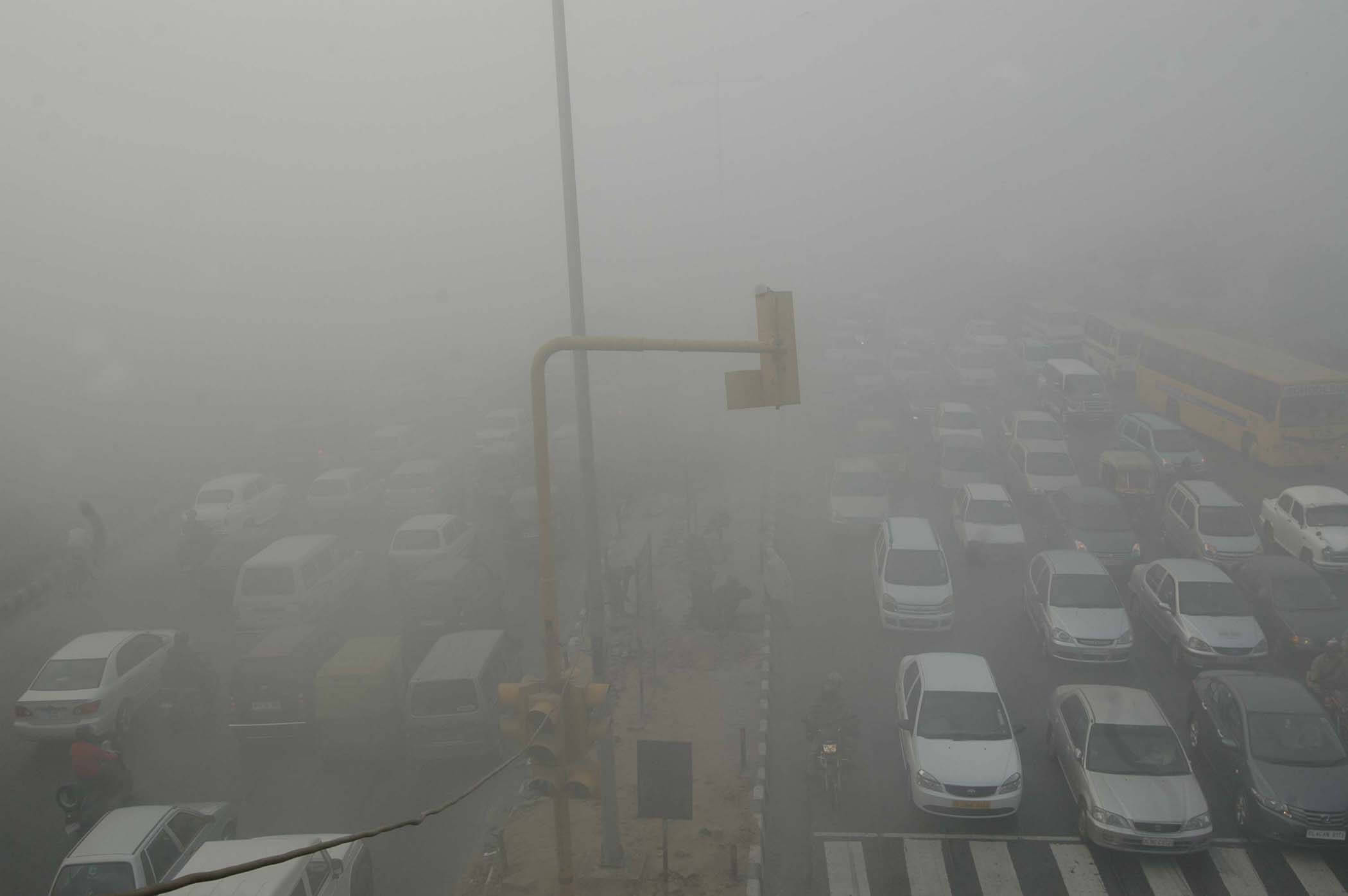
Photo: Ministry of Environment, Forest and Climate Change/ Creative Commons
Clean Air Plans
Beyond this, the city-based action planning approach began so that the authorities responsible for monitoring the pollution could be identified, and pollution-causing activities tracked along with time bound pollution control measures. Without an action plan, accountability cannot be fixed and action cannot be tracked. Eventually, the central government introduced the National Clean Air Programme in 2019 which calls upon 132 cities to prepare their plans. Now, the National Green Tribunal has also affirmed this.
Delhi’s first action plan was in 2012 but several revisions have happened since. It is now under the National Clean Air Programme. In 2020, the Government of India said in the Supreme Court that the Commission for Air Quality Management (CAQM) will be set up for Delhi-NCR and adjoining states. For the first time we saw political will but this also meant curtailment of judicial intervention and certainly the executive now faces the real challenge of implementing solutions to clean air.
If coal is banned from the NCR and replaced with piped natural gas, along with other measures to reduce emissions from transport, construction, waste management, industrial emissions controls, then emissions can be further reduced. At the same time, governments have to find workable solutions to check farm fires.
The factors stack up
Earlier, studies used to happen for SPM or suspended particulate matter. Just before the Commonwealth Games in 2010, several stations were set up for PM2.5 monitoring because air quality data near the stadium had to be generated for the athletes after the global row. The government set up monitoring stations which provided real time data. There was information in the public domain about pollution. Later, studies were done to identify the sources of emissions. A study by IIT Kanpur in 2015 found many sources including dust, vehicles, transport, industries, waste burning and other sources contribute to PM10 levels but combustion was a major cause of PM2.5.
In 2018, the Ministry of Earth Sciences conducted an emission inventory in Delhi and compared it with 2010 data to show that the household emissions had reduced, but transport-related emissions had increased to about 41 per cent of the total. There were other studies too. There is enormous data on the sources of pollution but hard action has not been taken.
The city-wide action plans were implemented. Simultaneously, another enforcement approach was to identify the hotspots or locations with very high pollution levels which affect overall air quality. The focus shifted, correctly, from averaging to acting on the hotspots. The CSE was part of this SC committee, we found large use of petroleum coke or petcoke which has extremely high sulphur content. Industries used it because it was cheaper than coal. Eventually, the SC banned it in Delhi-NCR in 2017.
Studies also pointed out that pollution was coming from outside the city, in the range of 50 to 60 per cent. While the city action had to be expanded, it was also important to address the cluster of cities under the regional action planning. There is no gain in Delhi blaming Punjab and vice versa.
Transport as a factor
When Delhi-NCR is considered together, the share of transport in PM2.5 is about 17 per cent. Only in the NCR, its share is not known. When Delhi and NCR are considered separately, the relative contribution of various sources changes which calls for a city action plan and a regional action plan. Also, states have to be clearly told their contribution to the pollution, and how much they have to reduce. One state cannot have good air quality if neighbouring states do not reduce emissions, as the “Good Neighbour Policy” in the United States specifies, for instance.
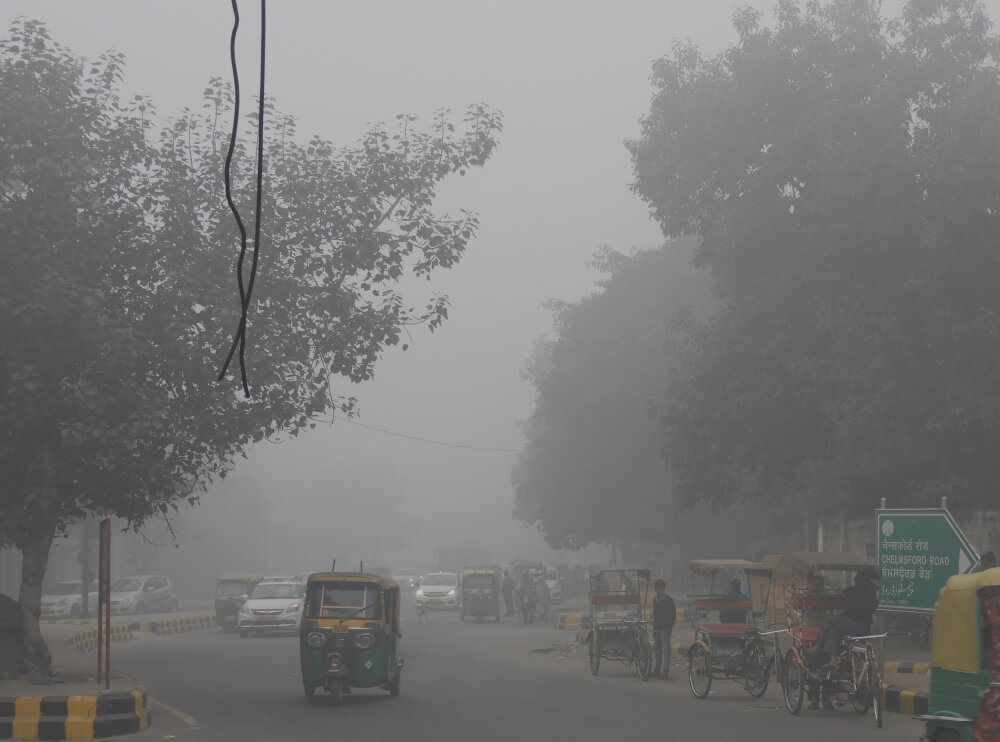
Photo: Sumita Roy Datta/ Creative Commons
Another issue is that Delhi-NCR have numerous departments to deal with air pollution. They act within their jurisdictions but without a single regulatory body to oversee it all. So, Uttar Pradesh and Haryana may not be as stringent as Delhi is, but they affect Delhi. Multiplicity of authorities and no accountability to citizens are typical features of urban governance in India.
Municipalities see their responsibilities primarily in waste management and road maintenance, but do not see air pollution as an issue in which they have a role. Now, with action planning, their roles and responsibilities are identified but they have to learn to work collectively and there needs to be adequate staff. Many municipalities do not even have air pollution cells. An initiative taken by the government is the Green Delhi Application where people report pollution related matters, and the notices go to the department which has to specify the action taken. The Central Pollution Control Board has the ‘Sameer App’ which allows people to complain and follow them through, but it does not always work.
Now we are in a space where the impact of pollution can be measured, tangible directions given, and projections made to reduce emissions. But this has to be taken forward in terms of action. For example, we should be able to say how much emission happens when stubble is burned in Punjab, or how much emission from industries in UP, for instance. More science-based air quality management is needed.
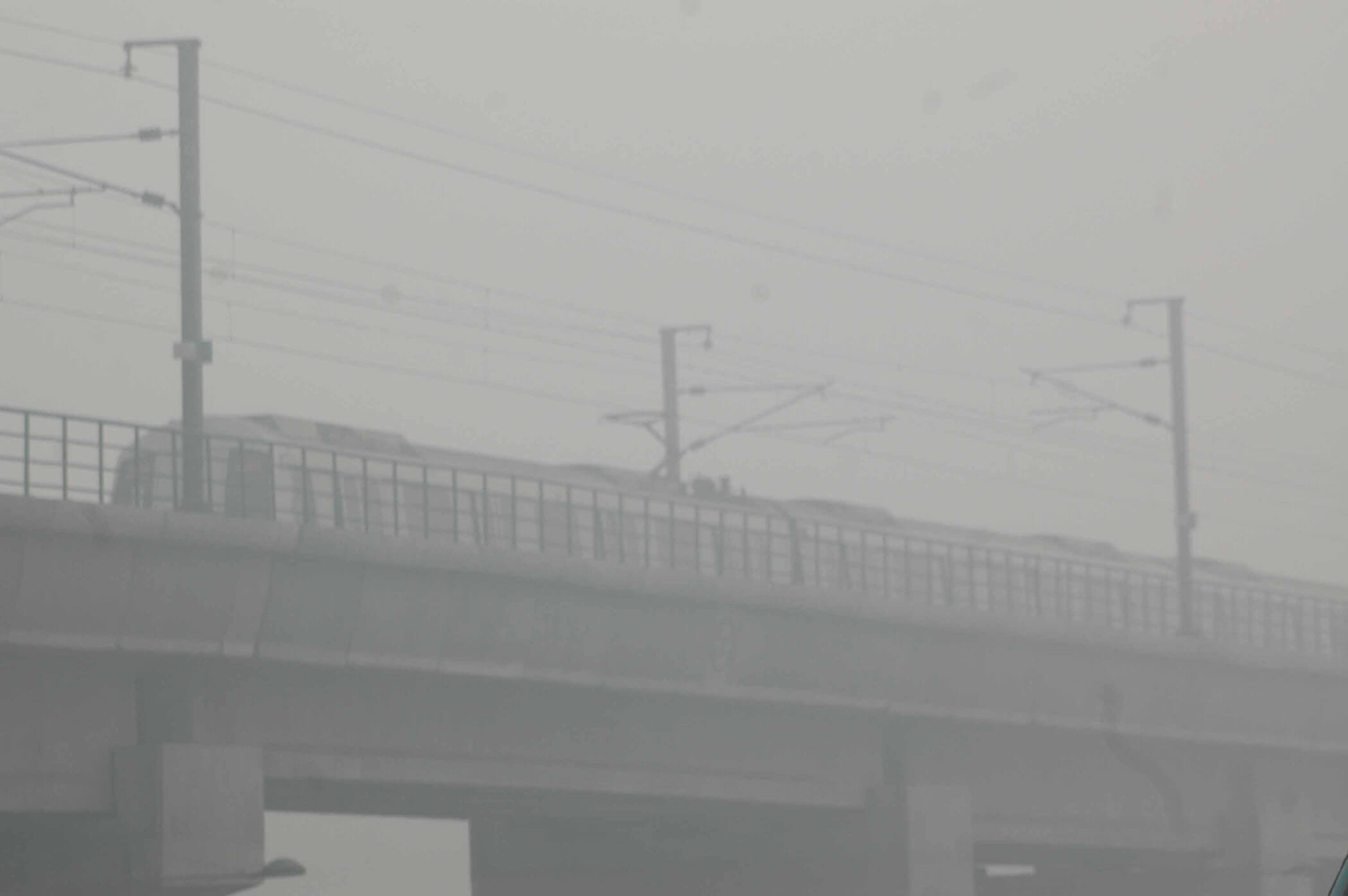
Photo: Ministry of Environment, Forest and Climate Change/ Creative Commons
Pollution and health
The impact of poor air quality is on people’s health. Air quality management has to be seen as a public health issue. The irony is that health ministries or departments are not involved in air pollution discussions and decisions; air quality and health are seen as disconnected issues.
Ideally, a scientific committee should provide regular inputs to the Parliament and policymakers on the health implications of air pollution. The response of the central or local governments has been to deny the direct linkage despite the data. When public health is not given importance, the true health cost of air pollution is not identified though people are spending out of their pocket.
Delhi, as we know, is a city-state of mixed jurisdiction with the central government, the Delhi state government, and municipal corporations. The elected state government is accountable for public health and managing hospitals, but municipalities manage other hospitals. Often these governments are of different political parties. The chain of command needs to be such that the air pollution and public health issue is taken beyond party lines. In the absence of this, authorities blame each other and people remain clueless. The poor are, obviously, the worst affected because they live in areas where pollution levels are generally high and accepted, such as industrial areas or the roadside, but without access to clean fuels like the middle class.
Air pollution governance
Air pollution is seen as an issue for political one-upmanship but the truth is that the entities have not been able to work together. Blame-game happens all the time. Sometimes, blame has to be fixed because we have to identify who is polluting more but states or sections of society have to also accept their own deficiency.
It is prudent to have a to-do list. Based on the work done at CSE and elsewhere, actions can be identified. As priority, the Delhi government and municipal corporations should work as one, and the central government has to partner the state instead of acting as a different regime altogether. If the three work together, many issues of air pollution and its impact can be resolved.
Among the primary actions to be taken is waste management. The roles and responsibilities of different entities, waste segregation rules, how to manage landfill sites, and how to reduce waste generation can all be resolved. The municipalities have a role in providing and managing public spaces for walking, cycling, parking, and other facilities under their command. If they are implemented properly then Delhi will be more liveable — breathable. Delhi’s government and neighbouring states have to augment public transportation connectivity.
The central government has a major role in setting up sector-wise emission standards and tighter emission rules across India. Fixing vehicular emission standards has helped but emission standards for power plants are being delayed perhaps because many are government owned. These are several other sectors too but these are the important ones.
The need of the hour is to evolve a comprehensive air pollution governance mechanism and bring the central government, Delhi government, neighbouring states, and all municipal corporations under the Indo–Gangetic plain in a regional air quality plan and regulatory framework. It will make a difference. For the NCR, a separate planning and coordination mechanism is needed – a single authority over-riding political and jurisdictional differences.
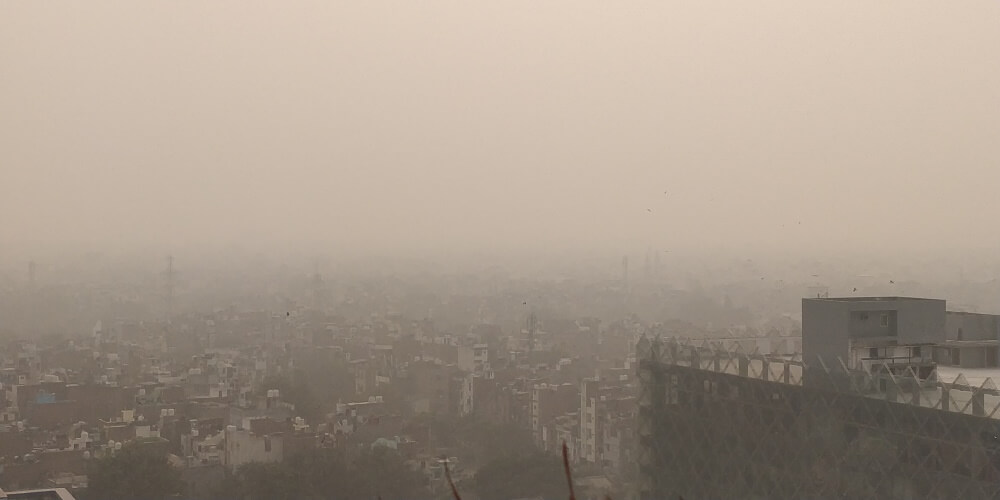
Photo: Creative Commons
To delineate their roles, the central government has to give clear commands and refrain from diluting emission standards to suit short-term convenience such as for power plants. Coal dependency cannot be reduced overnight, but industry will have to meet tighter standards when using coal. There are several small-scale industrial units with old boiler technology, which can be replaced by a common boiler and good emission controls. At the village and community level, cleaner fuels can be provided at community kitchens.
To deal with the waste burning issue, collection and management in localised regions has to be properly monitored. Unsegregated waste cannot be dumped. Although single use plastic is banned, it is not monitored. For vehicular emissions, greater investment of resources is called for. Highways and expressways are being built as part of the infrastructure plan, but more public transport is needed. Buses have to fulfil two goals – run on clean energy and provide mobility for all. Across Delhi-NCR, seamless connectivity with cleaner fuels is the need of the hour.
The craze for electric vehicles (EVs) now masks the fact that they are negligible in the share of total vehicles on our roads while other vehicles show galloping increase in numbers. For EVs to succeed, we need quality products, safety and efficiency, and also our e-waste collection system has to be more organised and sustainable. India now has BS-VI standards but with Euro7 standards, most nations in Europe will allow only zero emission vehicles by 2030. India should target a cut-off date to adopt this, at least in the heavily polluted regions.
There should be a target to shift people from private vehicles to public transport, but more importance has been given to improving infrastructure for cars which has marginalised buses. The cost of a bus ride is almost equal to that of a two-wheeler ride, so youngsters are not using buses. Only people who cannot afford private transport are using buses. We have to move from ‘captive users’ to ‘choice users’ which means public transport systems have to be dependable and affordable.
Every step needed to clean Delhi’s air should be taken. Otherwise, when we say Delhi is a world-class city, it’s just an imagination.
Vivek Chattopadhyaya, a post graduate in energy and environmental management, is principal program manager of the air pollution control programme, Centre for Science and Environment, New Delhi. He has been involved with the public campaign ‘Right to Clean Air’ since 2000 and in campaigns to phase in gaseous fuels, advance implementation of improved fuel quality norms and emissions standards, introduction of fuel efficiency standards, and awareness campaigns on air quality challenges in cities.
Cover photo: Ministry of Environment, Forest and Climate Change/ Creative Commons

